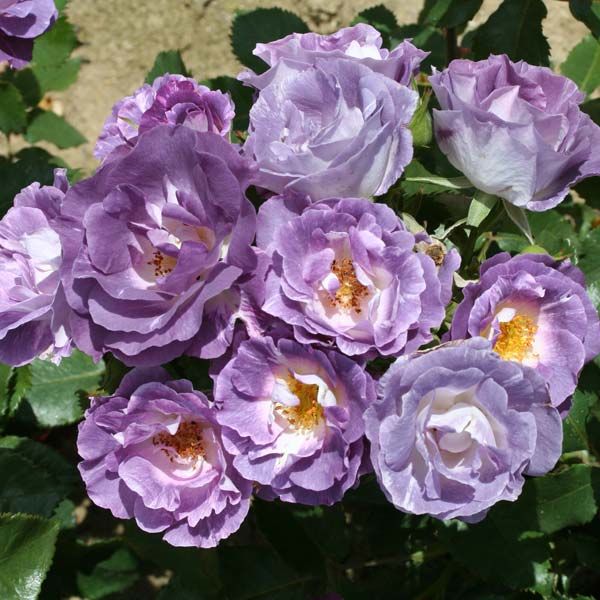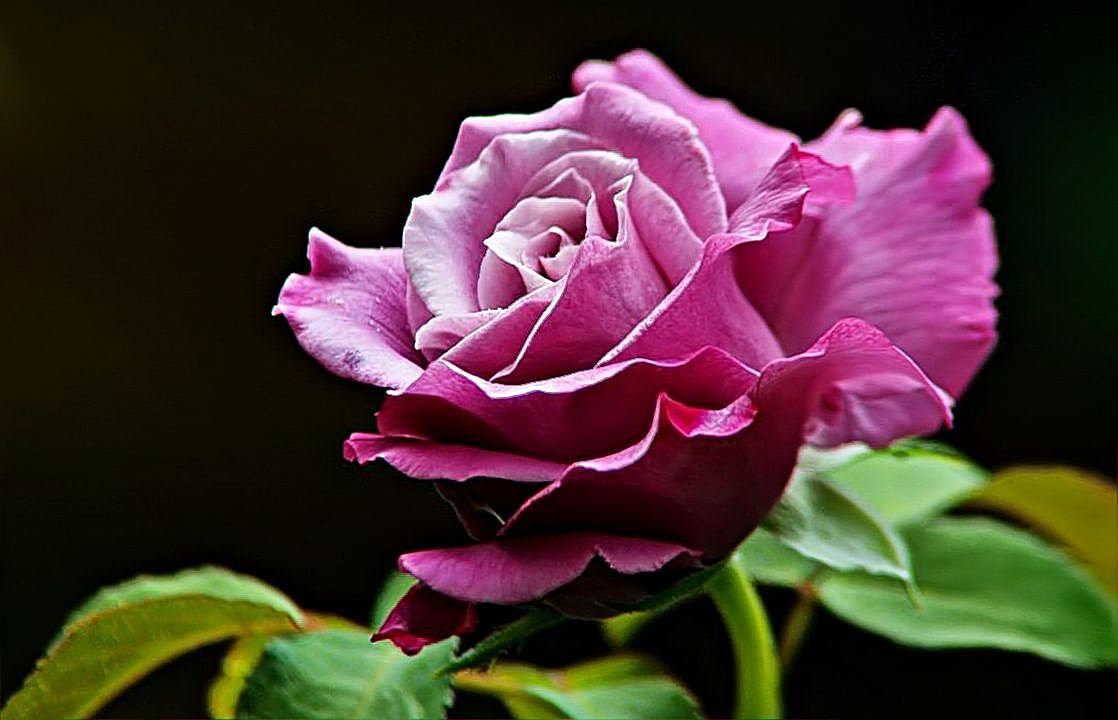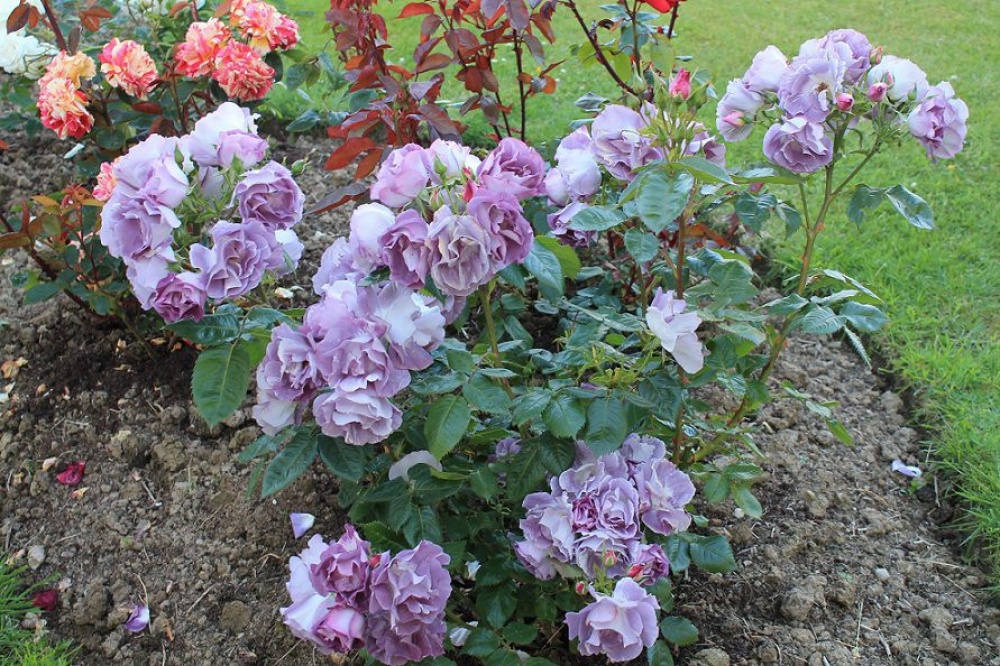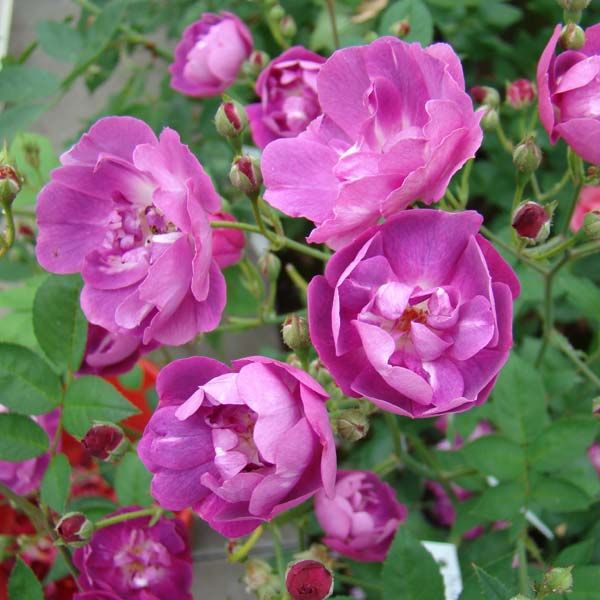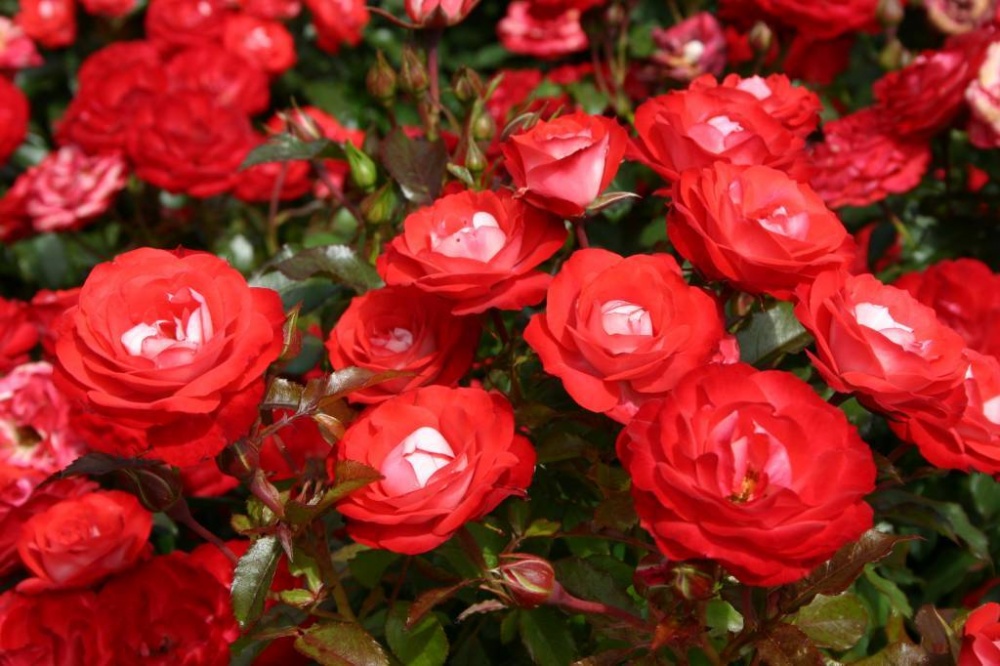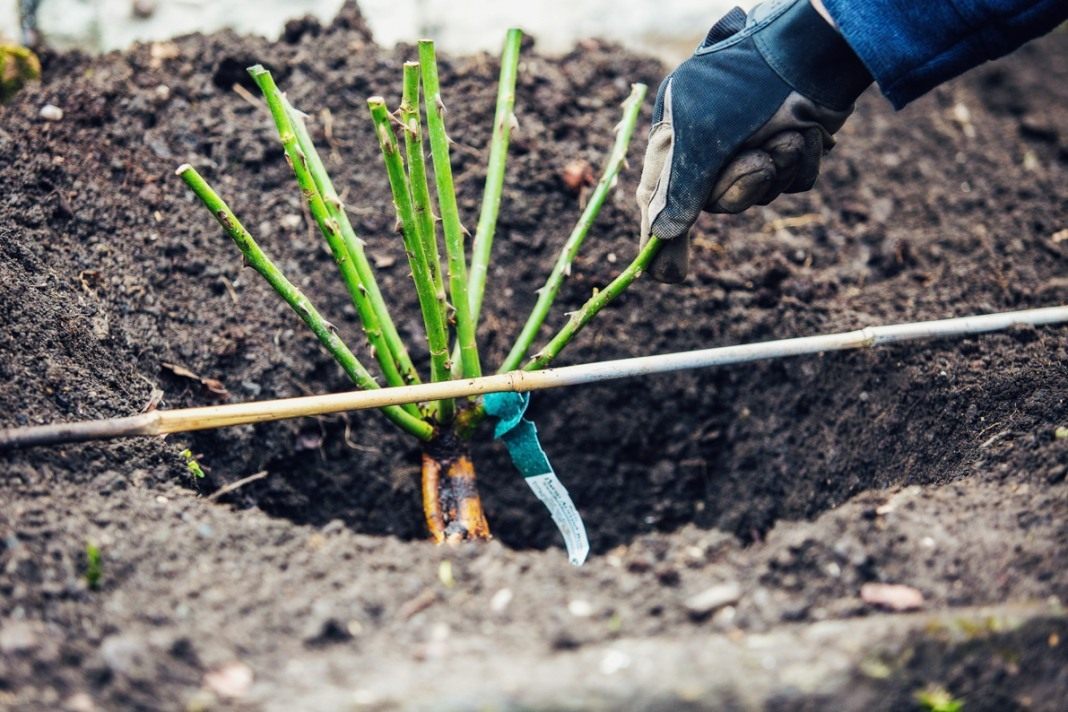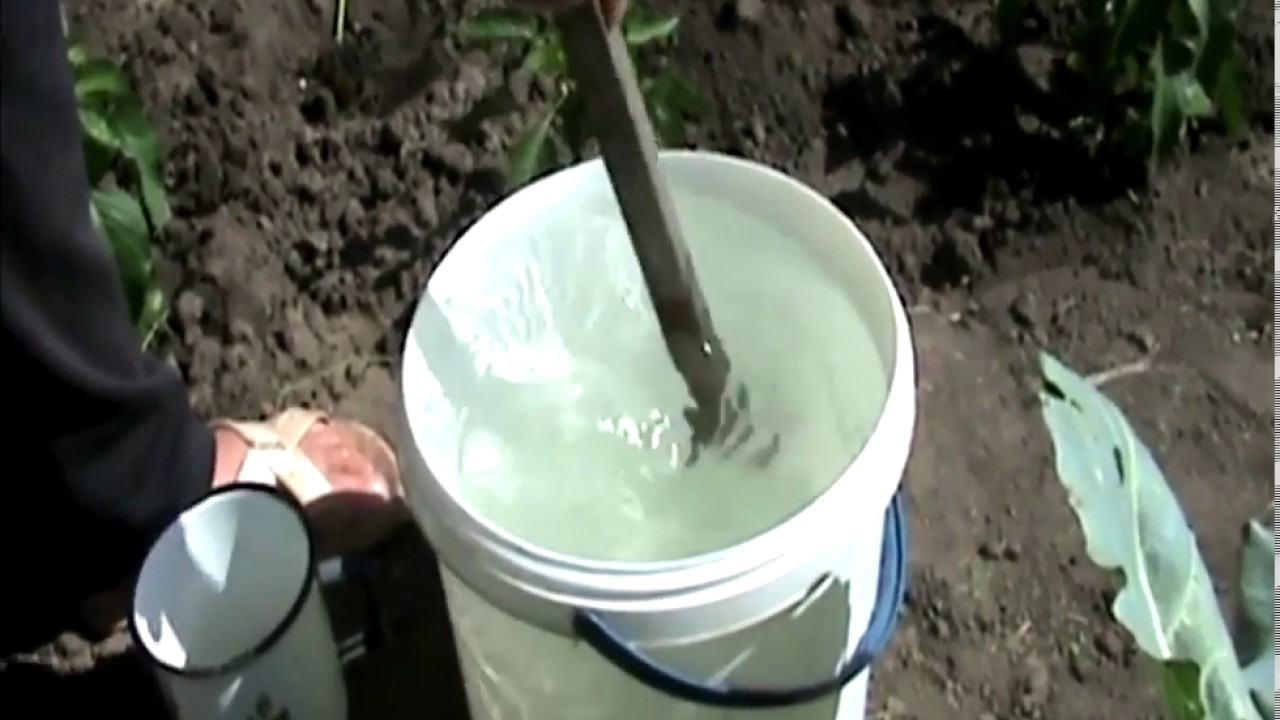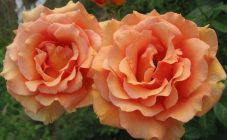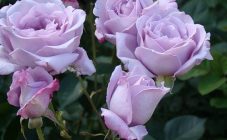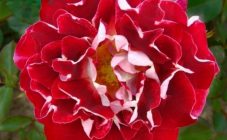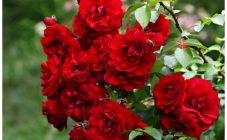Content:
In 1855, the first attempts were made to obtain blue roses. Breeders managed to breed several species that have blue petals. And then they occasionally acquired blue shades if they were grown in certain conditions. Much later, in 1909, the Veichelblau variety was obtained, and in 1974 two more appeared - Charles de Gaulle and Blue Moon. Unfortunately, they had only lilac, lilac tones, which only from a distance resembled blue. Only in 1978 was the Blue Parfum variety created and a little later in 1984 the German Blue river variety appeared. Finally, the flowers began to resemble real blue roses. And in 2009, Japanese scientists were able to breed flowers with bright blue petals.
Now in the world there are a large number of varieties called blue roses. They have flowers in various shades: lilac, lilac, lavender, burgundy. Only for a certain period of time their petals turn blue. The most famous species are listed here:
- Rosa Plantin un bloom;
- rose blue magenta;
- rose Blue eden;
- rose blue bell;
- Rose Blue Wonder;
- rose Bluebel;
- rose bluebird;
- rose Blumen;
- rose Blue for you;
- rose Mami blue;
- rose midnight rose;
- rose Pacific blue;
- Blue Cuff Rose;
- Blueberry Hill rose;
- Blue girl rose;
- rose Blue boy;
- rose Blue queen;
- rose Blue parfum;
- rose Wild blue yonder.
Now in more detail about some varieties from the Blue rose group.
Description of the most popular varieties of rose Blue
Rose BlueParfum
The hybrid tea culture belongs to the re-flowering types. In 1977 she appeared in Germany in the famous Tantau nursery. Its bush is compact, dense, branched, leafy. Its height is 60-100 cm, width is 60 cm.The leaves are dark green. The flowers are purple-lavender and have a strong aroma. Their sizes (10-11 cm).
The plant is characterized by good winter hardiness (withstands temperatures of −23 degrees (zone 6)), medium resistance to powdery mildew, black spot. It blooms profusely, for a long time until the very frost.
Rose Blue for you
In 2001, the floribunda flower culture was bred by the English breeder Peter James. The shrub is compact, branched. Its height is 60-90 cm, width is 50 cm. Shoots are straight, vertical, have thorny thorns. Leaves are medium, dense, slightly glossy, green.
The flowers are medium-sized (6-9 cm), flat-bowl, semi-double, lilac-blue, have white centers, golden-yellow stamens. Each copy contains 20 petals. Collected flowers in a brush (3-7 buds). They have a light, fruity aroma. The culture has a repeated flowering type. Blooms profusely, for a long time (in two waves).
Blue for yu rose is characterized by average frost resistance (-20 degrees (zone 6b)). It is quite resistant to black spot, powdery mildew. Disadvantage - does not tolerate rain very well.
Blueberry hill rose
In 1999, a new floribunda variety was bred in the United States. It belongs to re-flowering crops.
The bush is erect, dense, rounded, branched, almost without thorns. Plant height (90-130 cm), girth (60-90 cm). The leaves are large, dark green, semi-glossy.
The flowers are semi-double (their diameters are 9-12 cm), painted in lavender, pale lilac shades. Collected flowers on strong stems (3-5 pieces), They have a fruit-apple aroma.
Rose Bluebird
A hybrid tea culture was created in the German nursery Tantau; it belongs to the repeated types of flowering.
The height of the bushes (80-100 cm). Their width (70 cm). The leaves are green, glossy. The flowers are large (9-11 cm), goblet, have a light aroma. The buds are densely double (17-25 petals in one), light lilac. When they bloom, they become mauve. Each stem (1-3 flowers.).
The culture has good winter hardiness. It is resistant to diseases - powdery mildew, black spot, as well as precipitation - rain.
Rosa Plantin un Blomen
This is a floribunda re-flowering. Its bush is low (60-80 cm.), The girth of the plant (40-70 cm.). Shoots are straight, do not have thorns, do not require a garter. Leaves are dark green, semi-glossy.
Flowers are double, cupped, two-colored. Their diameter (3-5 cm). Inside the petals are scarlet, outside are silvery. Collected flowers of 3-5 buds on the stem, odorless. Flowers keep for quite a long time (more than 14 days). Blooms in late June. It blooms profusely, lasting until frost.
It is characterized by good frost resistance (zone 5). It is highly resistant to powdery mildew, black spot. It tolerates heat and rain well.
Rose Bluebel
The crop belongs to the repeated flowering type, floribunda. Plant height 80 cm. Leaves are medium green, matte. The flowers are large (diameter 15 cm), double, exude a delicate aroma. Their centers are silvery pink. The upper petals are red.
Rose Midnight Rose
Floribunda bush is vigorous, wide. Its height (140-180 cm). The foliage is dark green, glossy. The flowers are medium (5-10 cm), red-brown. They are formed into small inflorescences. Flowers smell like carnations. Culture blooms all season. A plant of repeated flowering type, belongs to the 6th zone of frost resistance. The variety has a medium resistance to black spot, powdery mildew. Tolerates rain well.
Rose Wild Blue yonder
This is a variety of Grandiflora. The bush, its height (120-150 cm), width (100 cm). The flowers are similar to camellias. They are painted in purple-crimson tones. Their sizes (8-10 cm). The aroma of flowers is pronounced, citrus. The variety is resistant to frost, rain, as well as powdery mildew, black spot.
Basic rules for growing blue roses
Usually well-lit places are chosen. It is best for the sun to shine actively in the morning. The east or south-east side of the site will do. The flower garden must be reliably protected from winds and drafts.
Blue roses prefer light, fertile, humus, air-permeable, loose soils, neutral, slightly acidic (loam). If heavy earth is added sand, compost, ash.
Flowers are planted at a distance of 1 m. From shrubs, to large trees - 2 meters. Can be grown in a greenhouse.
Dig a hole for planting a plant 2-3 times larger than the roots of the bush. Drainage is poured at the bottom, fertilizers are placed, filling the pit by half, then the garden soil.
The roots are pre-soaked (for 2-3 hours) in a growth stimulator (Kornevin, Heteroauskin). A seedling is planted, sprinkled with earth, tamped, moistened with warm water.
Care
Roses are watered regularly, abundantly (1-2 times / week). In hot dry weather, almost every day. Watering is carried out in the evening after sunset. Use settled water.
In the first year, plants do not need feeding. The next spring, nitrogen fertilizers are applied twice, taking a break for 14 days. You can use this composition for 1 liter of water:
- saltpeter (2 gr.);
- urea (1 gr.).
They are fed with potassium-phosphorus substances during the period of bud formation. During flowering, fertilizers containing magnesium, sulfur, potassium, phosphorus are used.
In autumn, nitrogen, potash, phosphorus fertilizers are applied 2 times. You can alternate mineral mixtures with organic substances. They use liquid mullein, chicken droppings, ash.
Plants are systematically weeded from weeds, they loosen the soil around the boles, mulch with peat, dry manure.
In the spring, carry out shaping (leave 4-6 buds), sanitary pruning. In the summer, faded buds, dry leaves, excessively elongated branches are removed. In the fall, sick, weak, damaged, thin shoots are cut off. Prune the branches before winter.
Diseases, pests
Usually blue roses have good immunity. In the spring, autumn, prophylactic treatment with known fungicides is carried out.
In hot weather or vice versa, cheese can infect plants with various diseases or attack insect pests.
- Powdery mildew. Apply Fundazol, Strobi, Ridomil-Gold.
- Rust. They are treated with Fitosporin, Fundazol, Tilt.
- Rust. They are treated with Fitosporin, Fundazol, Tilt.
- Gray rot. They use Euparen, Fundazol
- Aphid. You can use a soapy solution by adding alcohol to it. In advanced cases, insecticides are used (Iskra, Alatar, Aktellik).
- Gray rot. They use Euparen, Fundazol
- Sawfly. Sprayed with Karbofos.
- Spider mite. They use Aktar, Alatar, Inta-vir.
Preparation for wintering
Reduce watering in the fall. The bases are covered with earth, peat. They bend the roses to the ground. To prevent the plants from rotting, dry boards or spruce branches are placed. Fall asleep with dry foliage, rotted humus. Cover with spruce branches. A frame is built over them. Wrap it up with agrofibre, stretch polyethylene on top.
Today, flower growers have a huge selection of different varieties of blue roses. Only a small part of the most common varieties are named here.
